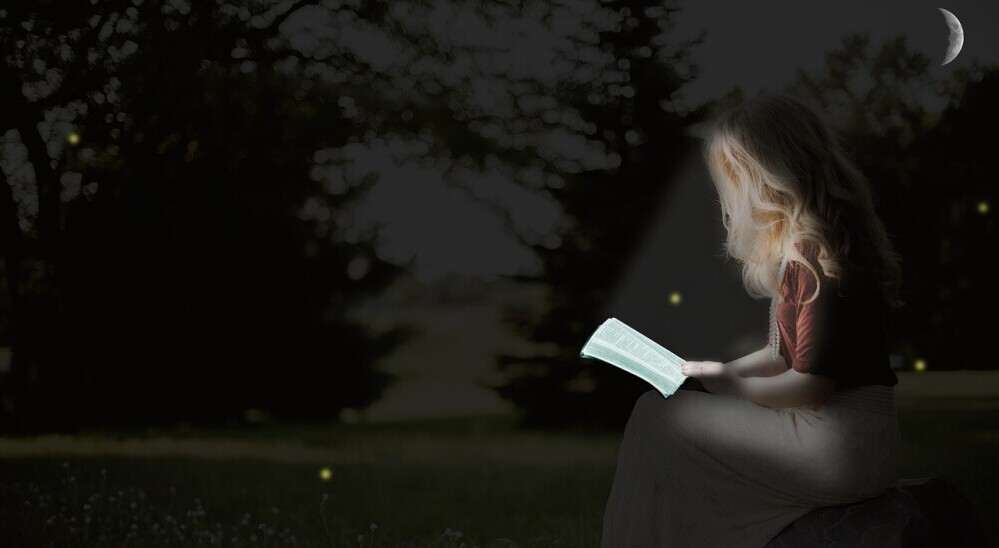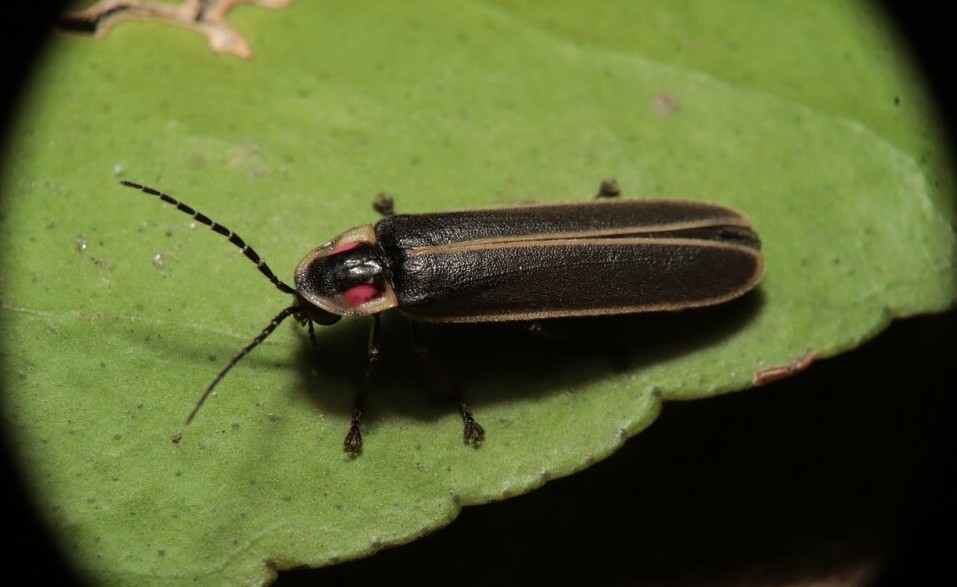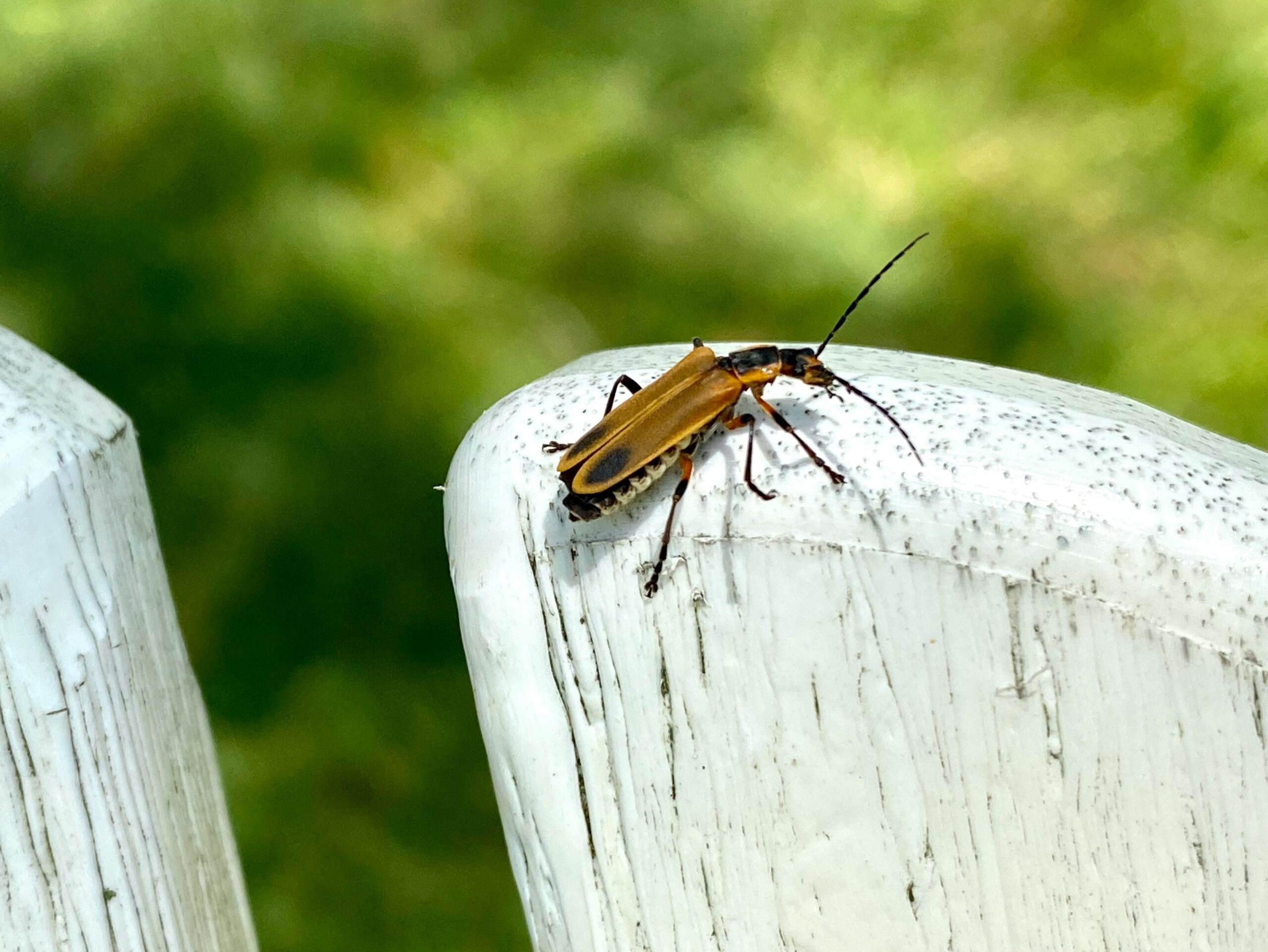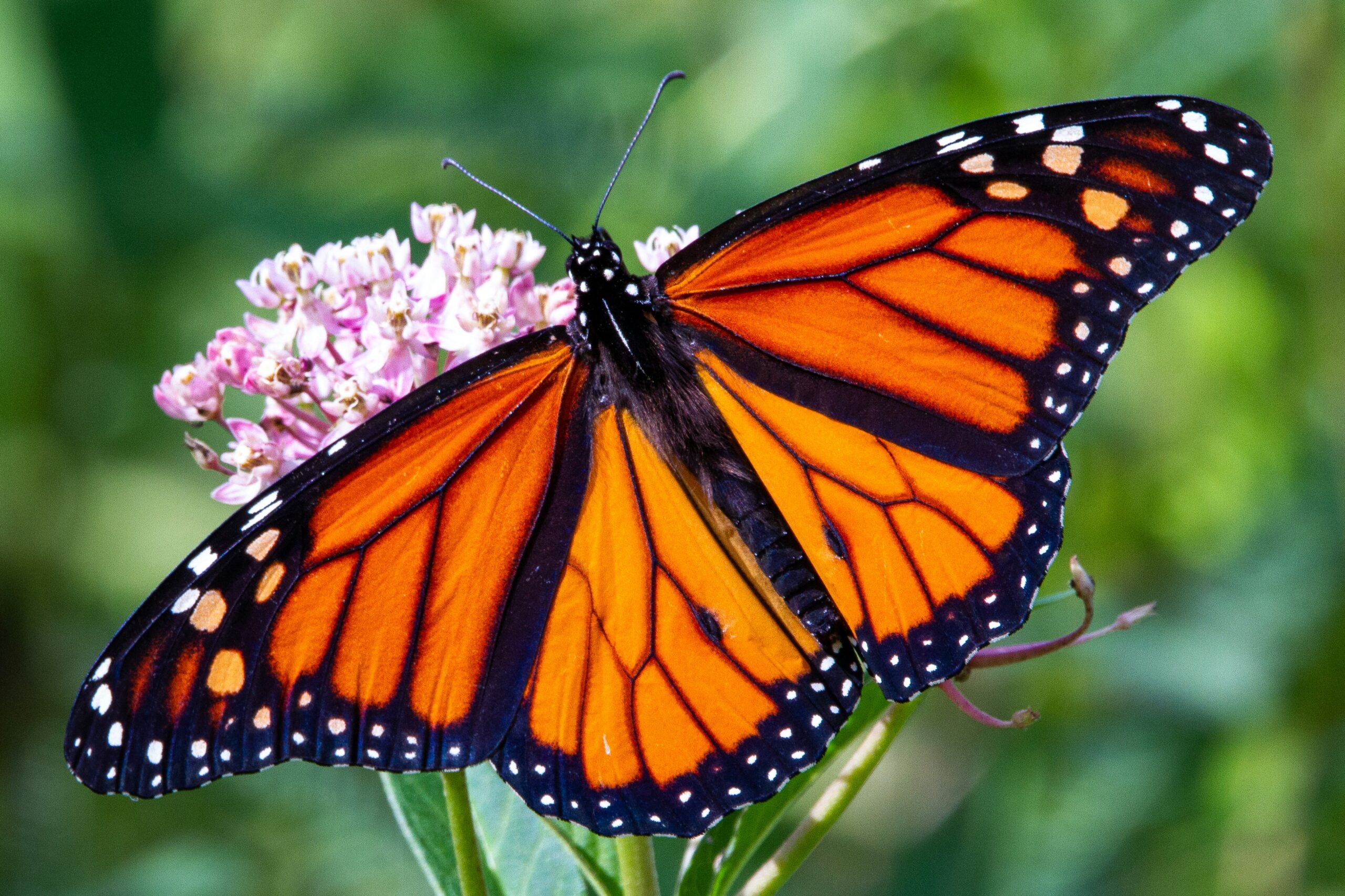The Endangered Firefly
Many of us have fond memories of chasing lightning bugs during warm summer evenings. Those tiny flashes of light seemed almost magical, creating a spectacle that captured our youthful imagination. I remember the excitement of spotting a glow in the darkness, then cupping my hands around the elusive creature, watching it light up my palms.
Fireflies, or lightning bugs as we often call them, have a unique place in our hearts. For many, they mark the sign of summer’s arrival. The gentle glow of these insects has inspired countless stories, poems, and an appreciation for nature’s simpler wonders. In numerous cultures, fireflies symbolize various meanings – from love to luck. Their fleeting presence makes these memories all the more precious.
It’s fascinating how something so small can leave a lasting impression. The childhood joy of running through the yard with a jar, trying to catch just a few of those tiny, bright bugs – that’s something special. There’s a certain innocence and wonder in those moments. The firefly isn’t just an insect; it’s a part of our collective childhood experience, a tiny creature that brings big memories.
The Plight of the Endangered Firefly Species
Unfortunately, those fireflies from our childhood are facing troubling times. Some species have now landed on the endangered species list, raising alarms about their dwindling numbers and the broader health of our environment. Most recently, the Bethany Beach Firefly became the first firefly to be proposed for listing as a threatened species under the U.S. Endangered Species Act.
Several factors contribute to the decline of firefly populations. Habitat loss due to urban development is a significant problem, as it disrupts the natural habitats where fireflies thrive. Pesticides, designed to eliminate pests, also harm these gentle insects. Additionally, light pollution interferes with their mating signals, making it harder for them to reproduce effectively.
Fireflies play crucial roles in our ecosystems, acting as both pest controllers and pollinators. Their larvae feed on other insects that could damage crops, providing a natural form of pest control. Some species also contribute to pollination, supporting plant diversity and health.
Loss of fireflies isn’t just about missing out on their beauty. It signals broader environmental issues that can have ripple effects on many other species, including humans. Their decline prompts us to look deeper into how we interact with the environment and what changes we must make to protect these and other fragile creatures.
Steps to Protect and Preserve Firefly Populations
We can all take steps to help protect fireflies and ensure that future generations can experience the magic of seeing these glowing insects. Even simple actions can make a big difference.
One effective way to support firefly populations is by creating a firefly-friendly environment. This can be as straightforward as planting native vegetation and leaving sections of your garden or yard a bit wild. Fireflies thrive in moist, forest-like conditions, so incorporating areas that stay damp and shady can help.
Reducing or eliminating the use of pesticides and chemicals in your garden is another essential step. These substances not only harm pests but also kill beneficial insects like fireflies. Choose organic gardening methods to create a safer habitat.
Limiting light pollution is also crucial. Fireflies use their light to communicate and attract mates. By minimizing outdoor lighting or using dimmer, yellow lights, you can help maintain their natural behaviors. Turn off unnecessary lights or install motion-sensor lights that only activate when needed.
Community efforts and governmental policies play a significant role in conservation. Participating in or supporting local conservation projects can amplify the impact. These initiatives often focus on habitat restoration, pollution reduction, and public education about the importance of preserving fireflies and other wildlife.
Educating others, especially younger generations, is vital. Sharing knowledge about the importance of fireflies and the threats they face can inspire more people to take action. Schools and community organizations can incorporate programs focused on wildlife conservation and the specific needs of fireflies.
Incorporating these small but impactful changes in our daily lives can contribute to a healthier environment not just for fireflies but for all wildlife. By working together, we can ensure these mesmerizing insects continue to be a part of our world.




Post Comment